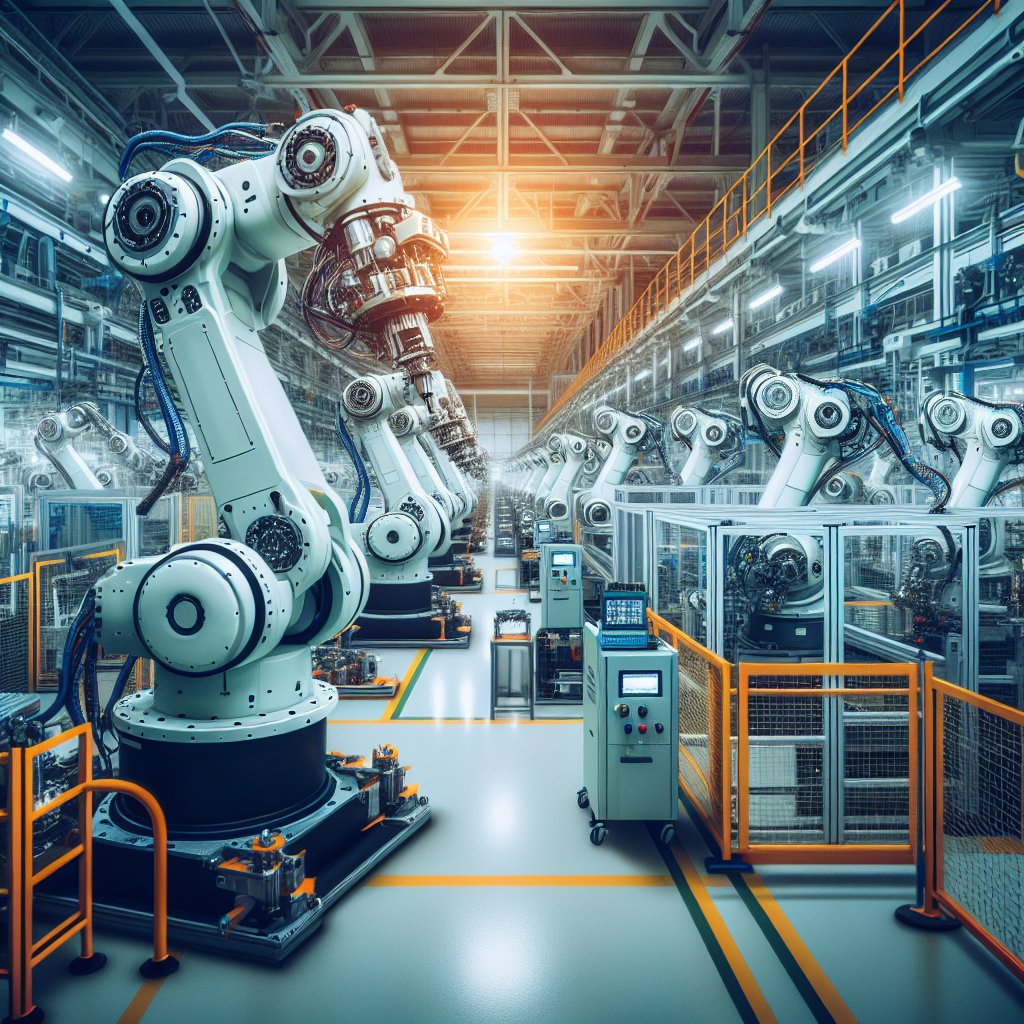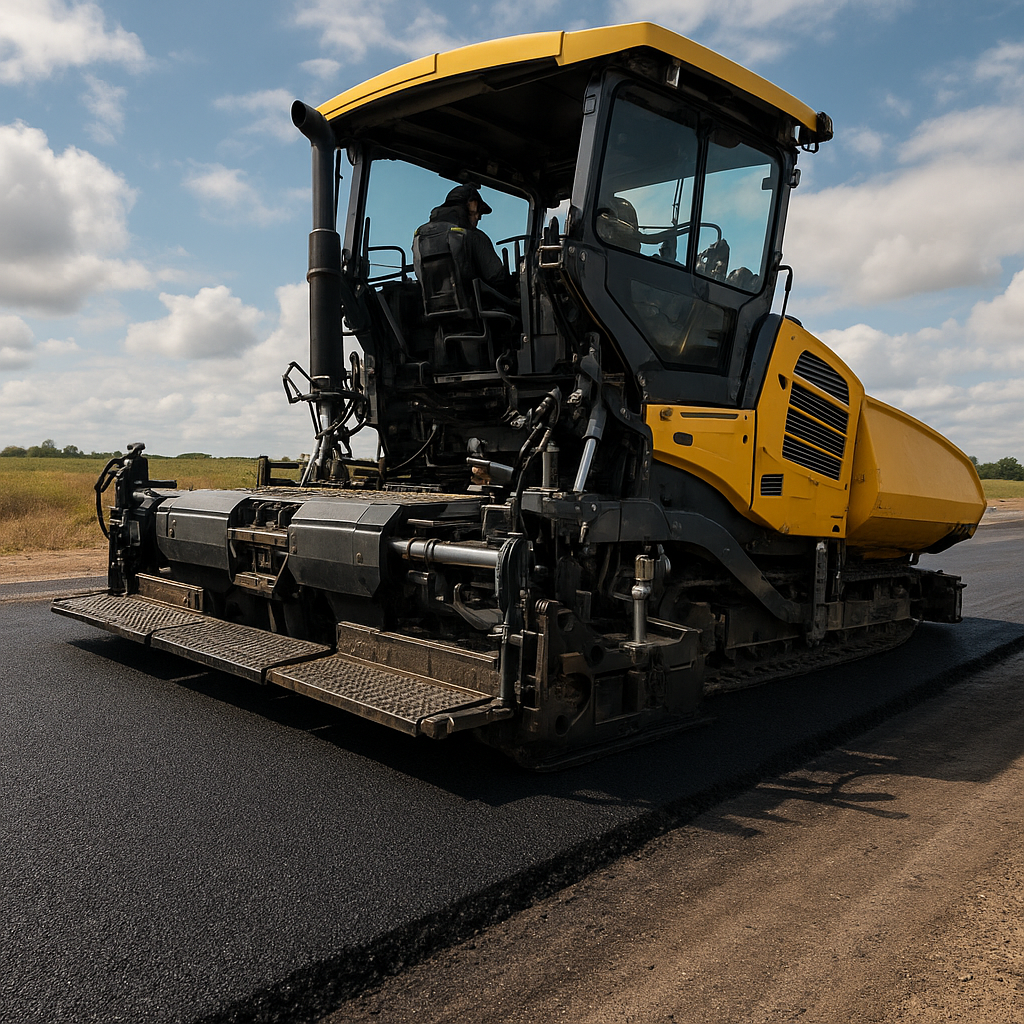
Industrial robots have become a cornerstone in enhancing efficiency within the aerospace manufacturing sector. As the demand for more sophisticated and reliable aircraft continues to grow, the aerospace industry is increasingly turning to automation to meet these challenges. This article delves into the transformative role of industrial robots in aerospace manufacturing, exploring their impact on production processes, quality control, and overall operational efficiency.
The Role of Industrial Robots in Aerospace Manufacturing
The aerospace industry is characterized by its stringent quality standards and the complexity of its manufacturing processes. Industrial robots have emerged as vital tools in this sector, offering precision, consistency, and speed that are difficult to achieve with manual labor alone. These robots are employed in various stages of production, from assembling intricate components to performing precise welding and painting tasks.
One of the primary advantages of using industrial robots in aerospace manufacturing is their ability to perform repetitive tasks with high accuracy. This not only reduces the likelihood of human error but also ensures that each component meets the exact specifications required for safe and efficient aircraft operation. Additionally, robots can operate continuously without fatigue, significantly increasing production rates and reducing lead times.
Moreover, industrial robots are equipped with advanced sensors and machine learning capabilities, allowing them to adapt to new tasks and improve their performance over time. This adaptability is crucial in the aerospace industry, where production requirements can change rapidly due to technological advancements and evolving market demands.
Enhancing Quality Control and Safety
Quality control is a critical aspect of aerospace manufacturing, as even minor defects can have catastrophic consequences. Industrial robots play a pivotal role in ensuring the highest quality standards are met throughout the production process. Equipped with sophisticated vision systems and sensors, these robots can detect defects and inconsistencies that may be invisible to the human eye.
For instance, robots can perform non-destructive testing (NDT) on aircraft components, using techniques such as ultrasonic, radiographic, and thermographic inspection. These methods allow for thorough examination of materials and structures without causing any damage, ensuring that only components that meet the highest standards are used in assembly.
In addition to enhancing quality control, industrial robots also contribute to improved workplace safety. By taking over hazardous tasks such as handling toxic materials or operating heavy machinery, robots reduce the risk of accidents and injuries among human workers. This not only protects employees but also minimizes downtime and associated costs resulting from workplace incidents.
Challenges and Future Prospects
Despite the numerous benefits of industrial robots in aerospace manufacturing, their integration is not without challenges. One of the primary obstacles is the high initial investment required for purchasing and implementing robotic systems. Additionally, the complexity of programming and maintaining these robots necessitates a skilled workforce, which can be difficult to find and retain.
However, as technology continues to advance, the cost of industrial robots is expected to decrease, making them more accessible to a wider range of manufacturers. Furthermore, ongoing developments in artificial intelligence and machine learning are likely to enhance the capabilities of these robots, enabling them to perform even more complex tasks with greater efficiency.
Looking ahead, the future of industrial robots in aerospace manufacturing appears promising. As the industry continues to evolve, the demand for automation is expected to grow, driven by the need for increased production capacity, improved quality, and enhanced safety. By embracing these technological advancements, aerospace manufacturers can remain competitive in a rapidly changing market and continue to deliver innovative and reliable aircraft to meet the needs of the future.

